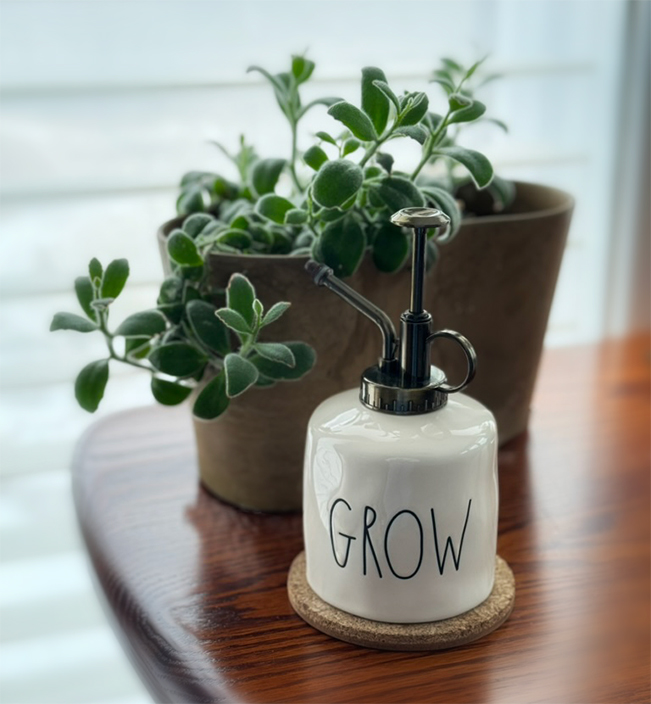I do not have a green thumb.
People know this about me.
I don’t mean to kill plants. But I do.
Well. We should probably look at that last statement. All of us.
Of course, we mean to kill plants. We do it every day. Maybe not directly. But we definitely kill them through our actions. I’m thinking mostly about food plants.
I eat a big load of fruits and vegetables every day. So it is by my hand that cauliflower, broccoli, spinach, apples, and so many others perish. Daily.
A lot of people choose not to eat meat because they believe that killing animals is wrong. They say animals feel pain and emotions, just like we humans do. And it is true. Science has proven this to be factual. Animals are thinking, feeling, sentient beings.
Well. Now. Science is proving the same thing about plants.
Let’s jump ahead to Summertime. Many of us love the smell of freshly cut grass. For many people, it’s that pleasant, telltale sign that warmer temperatures are finally with us and here to stay. However, for the grass, this scent signals an entirely different story.
Scientists investigated. And that smell we associate with freshly cut grass is actually a chemical distress call. It is one used by plants to beg nearby critters to save them from an attack, usually an attack by some sort of insect. But in this case, it is lawnmower blades.
So. The fact that grass, and other plants, send out these defense responses makes us ask the question:
Do plants feel pain?
From what I’ve been reading, the answer is a bit complicated. It is mostly because plants don’t feel pain like we humans do, but some plant scientists posit that they may feel pain in their own way.
So. Here is the thing about pain. Nervous systems.
Pain perception is typically associated with living organisms that possess a nervous system. You know. Things like sensory receptors, neurons, and regions of the brain that process all of this. Only plants don’t have brains or nervous systems. But what they DO have are complex signaling and communication systems that allow them to respond to their environment.
Botanists have determined that plants use a variety of chemical and electrical signals to sense changes in light, gravity, temperature, and touch. Plants do this cool thing. And I’ve seen it with my own eyes. Because of these plant abilities, they can also respond to external stimuli by growing toward or away from them. (Like when plants grow toward a light source.)
I could go on and on about this and give you more technical information about their chemical defenses and biological networks. But I won’t.
But here are a few of the highlights.
• Plants release gases that are the equivalent of crying out in pain
• Plants let out “little screams,” which occur at ultrasonic frequencies beyond human hearing range
• There’s also evidence that plants can hear themselves being eaten. Researchers at the University of Missouri-Columbia found that plants understand and respond to chewing sounds made by caterpillars munching on them.
The main takeaway is this: Plants exhibit sophisticated abilities. They are able to sense and react to their environments. They also engage in communication and complex interactions with other species.
Scientists are still researching this. Because while some plant behaviors are instinctual, others might hint at a form of cognition.
Cognizant plants. Now, I’m going to feel guilty about eating both meat and plants.
“””””””””””
“Look deep into nature, and then you will understand everything better.” – Albert Einstein
“””””””””””
“In every walk with nature, one receives far more than he seeks.” – John Muir
“””””””””””
“Nature always wears the colors of the spirit.” – Ralph Waldo Emerson
“””””””””””
The little screams of plants. Yowza.
